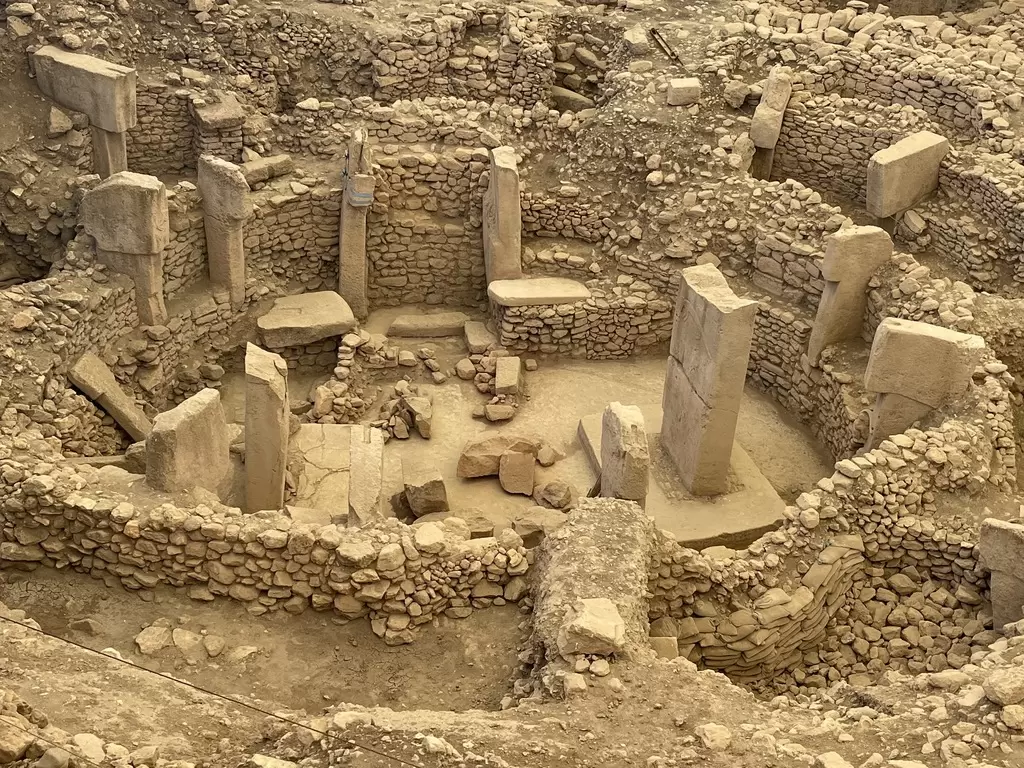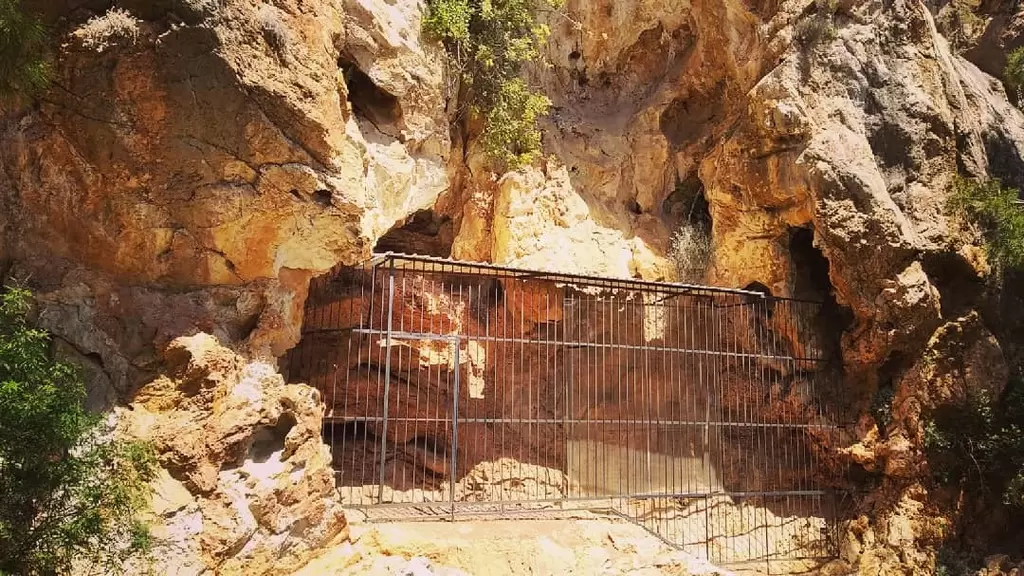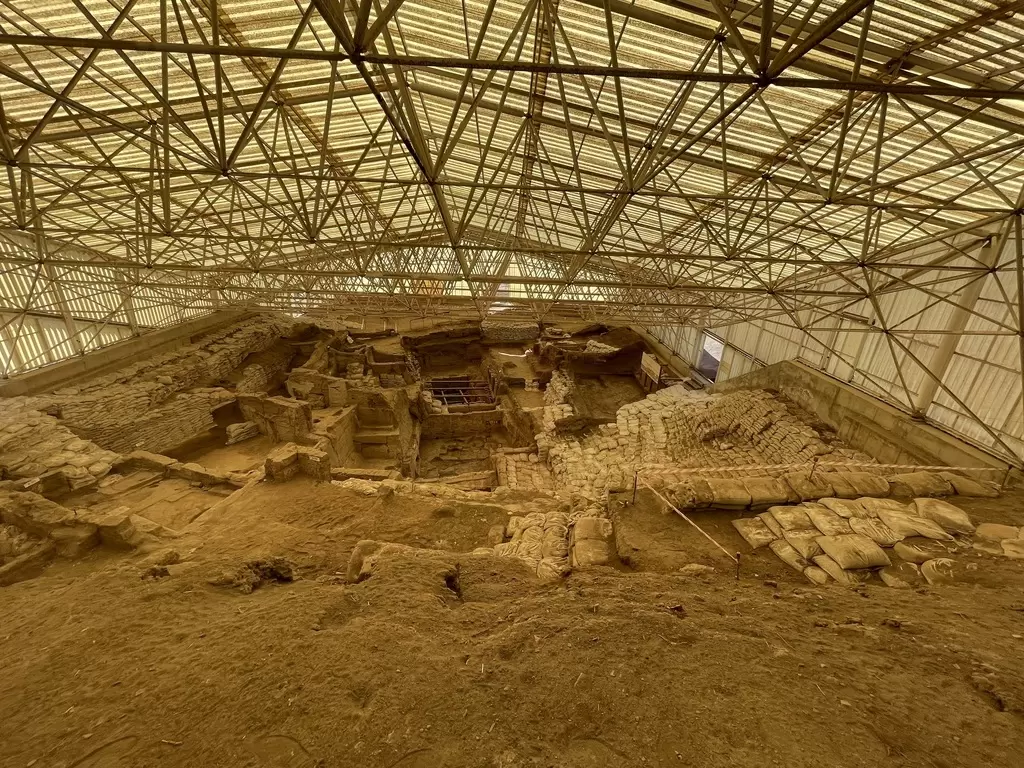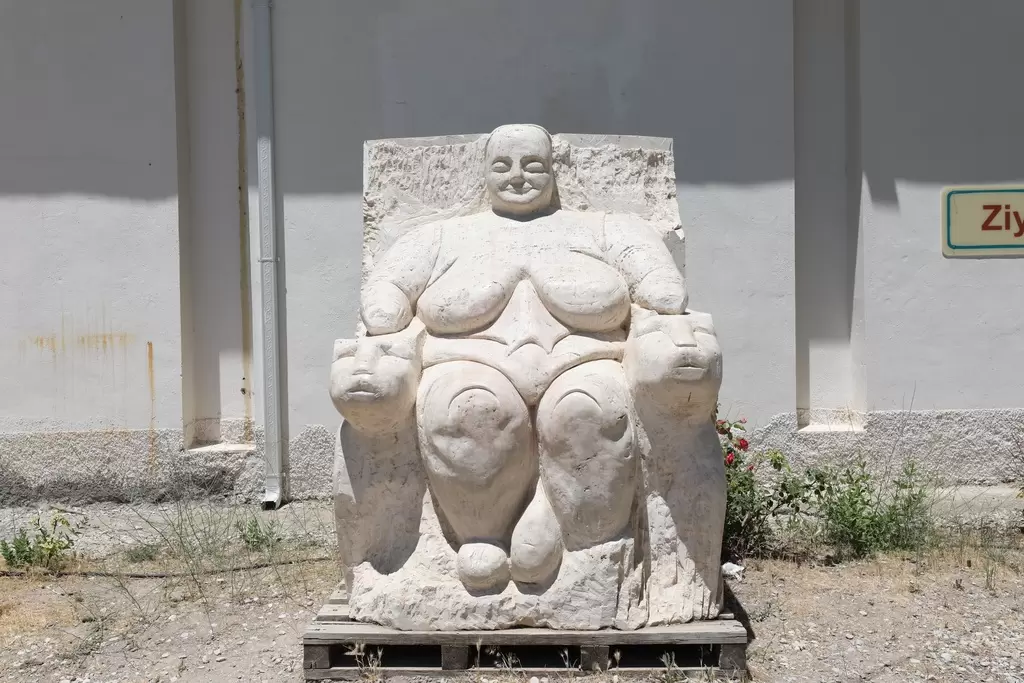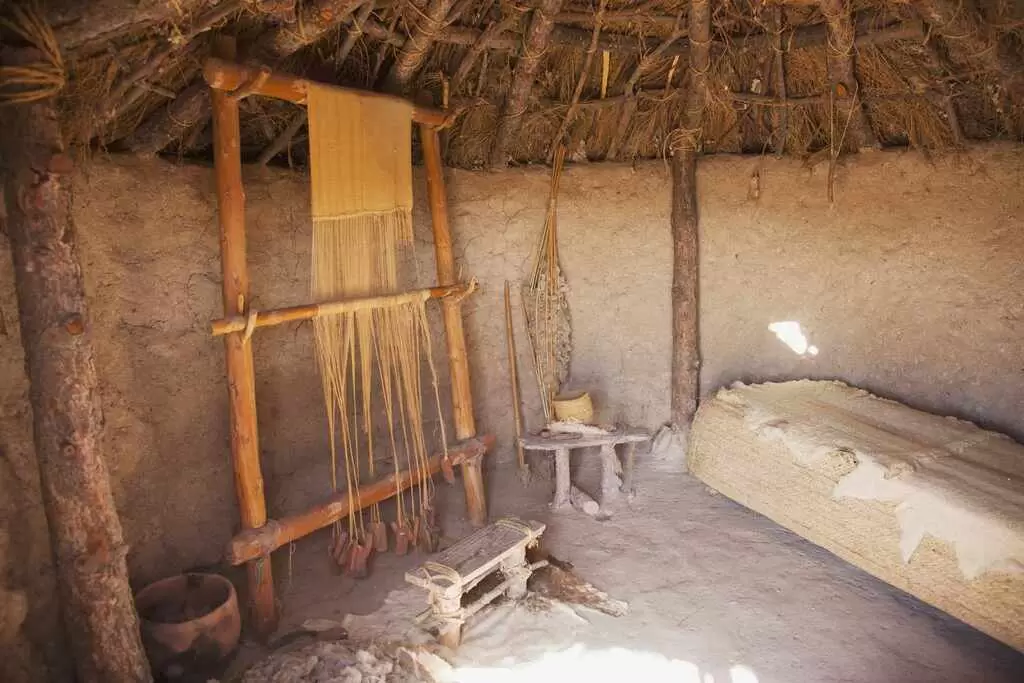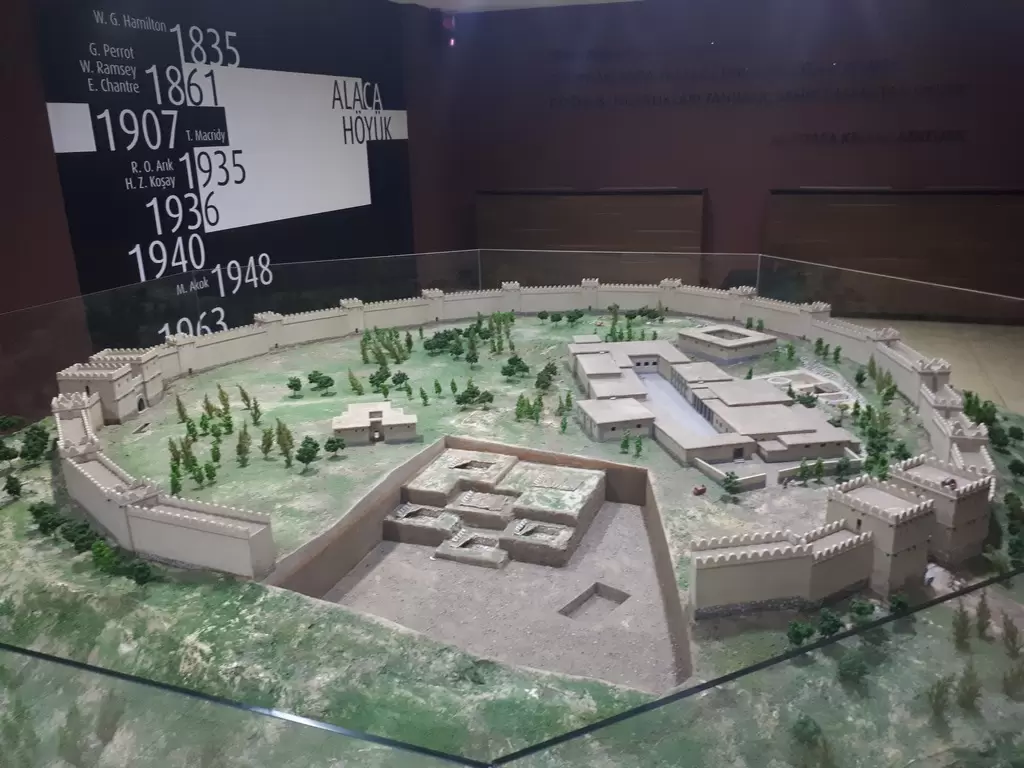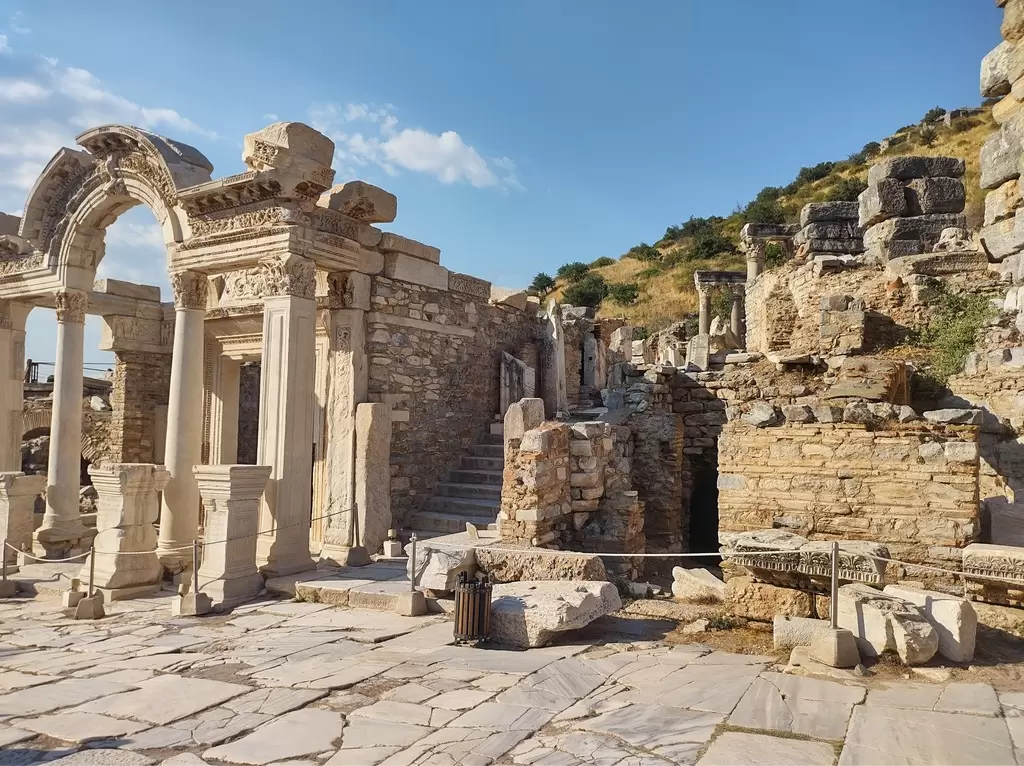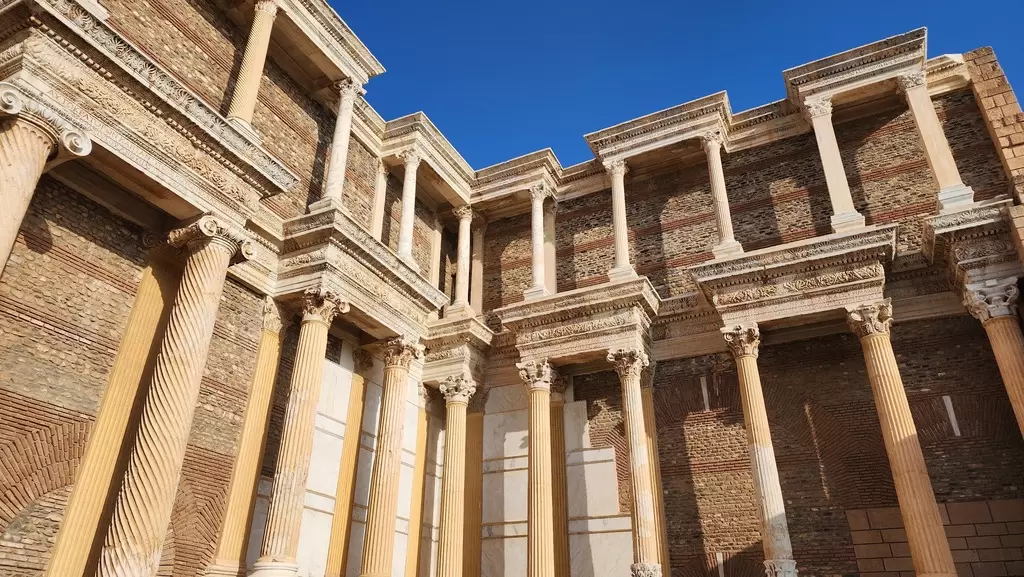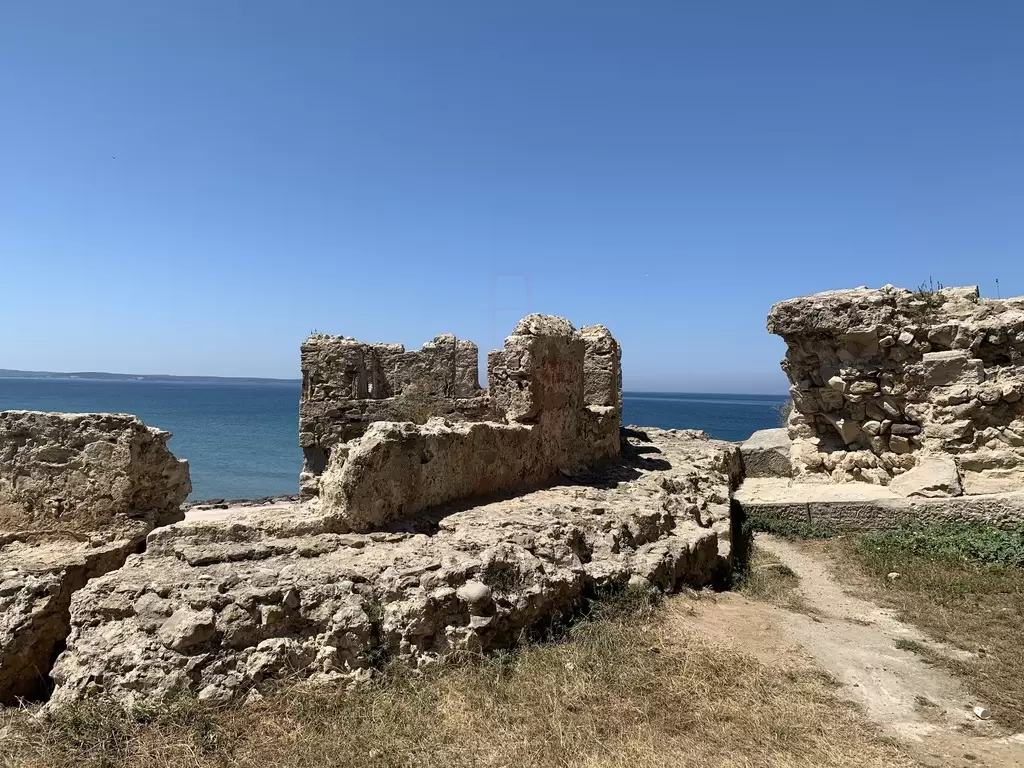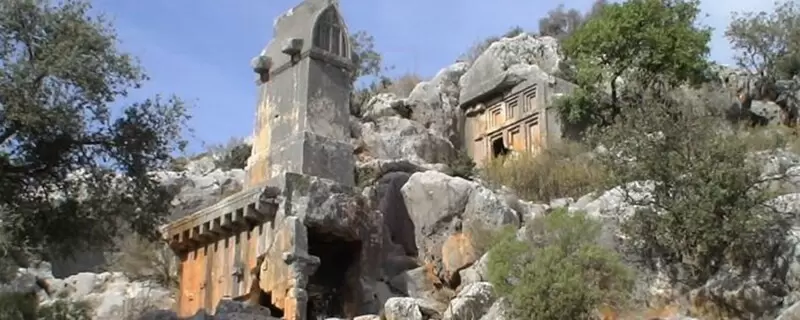
The Kingdom of Lycaonia, situated in central Anatolia, was known for its diverse geography, characterized by rugged mountains, fertile valleys, and a unique blend of cultures and peoples. The region played a significant role during the Hellenistic period, particularly from the 3rd century BCE onward, when it emerged as a distinct political entity influenced by the surrounding powers, including the Persians, Greeks, and later the Romans.
Lycaonia was home to various tribes and communities, each with its own customs and traditions. The two main cities, Iconium (modern-day Konya) and Laranda (modern-day Karaman), served as cultural and administrative centers. Iconium was especially notable for its strategic location along trade routes, facilitating economic growth and cultural exchanges. The city became a melting pot of Hellenistic and local traditions, with a mix of Greek and native influences evident in its architecture and urban planning.
The inhabitants of Lycaonia were primarily engaged in agriculture and animal husbandry, benefiting from the region's fertile lands. They cultivated grains, fruits, and vegetables, while also raising livestock, which contributed to the local economy. The rugged terrain provided natural defenses, leading to the establishment of fortified settlements that allowed communities to thrive despite external pressures.
During the late Hellenistic period, Lycaonia became increasingly involved in the political dynamics of the region. It was caught in the power struggles between the Seleucid Empire, the Galatians, and the expanding Roman Republic. The kingdom faced invasions and conflicts that shaped its development and alliances.
In the 1st century BCE, Lycaonia was incorporated into the Roman Empire. This transition marked the beginning of a new era, as the region benefited from Roman infrastructure, including roads, aqueducts, and public buildings. The Roman period saw an increase in trade and cultural exchange, with cities like Iconium flourishing as administrative and commercial centers.
Christianity began to spread in the region during the Roman era, significantly impacting its cultural landscape. The Apostle Paul visited Lycaonia on his missionary journeys, and the region became an early center for Christian communities. This religious shift left a lasting legacy, as many ancient churches and sites related to early Christianity can still be found in the area.
Over the centuries, Lycaonia continued to witness various changes in governance, with influences from the Byzantine Empire and later the Seljuks. The unique blend of cultures that developed over time is reflected in the architecture, language, and traditions of the region.
Today, the historical significance of Lycaonia is evident in its archaeological sites, ancient ruins, and the rich cultural heritage that attracts historians, researchers, and travelers. The remnants of its cities, fortifications, and religious sites offer valuable insights into the life and history of this once-vibrant kingdom, making it a fascinating destination for those exploring the ancient world.








